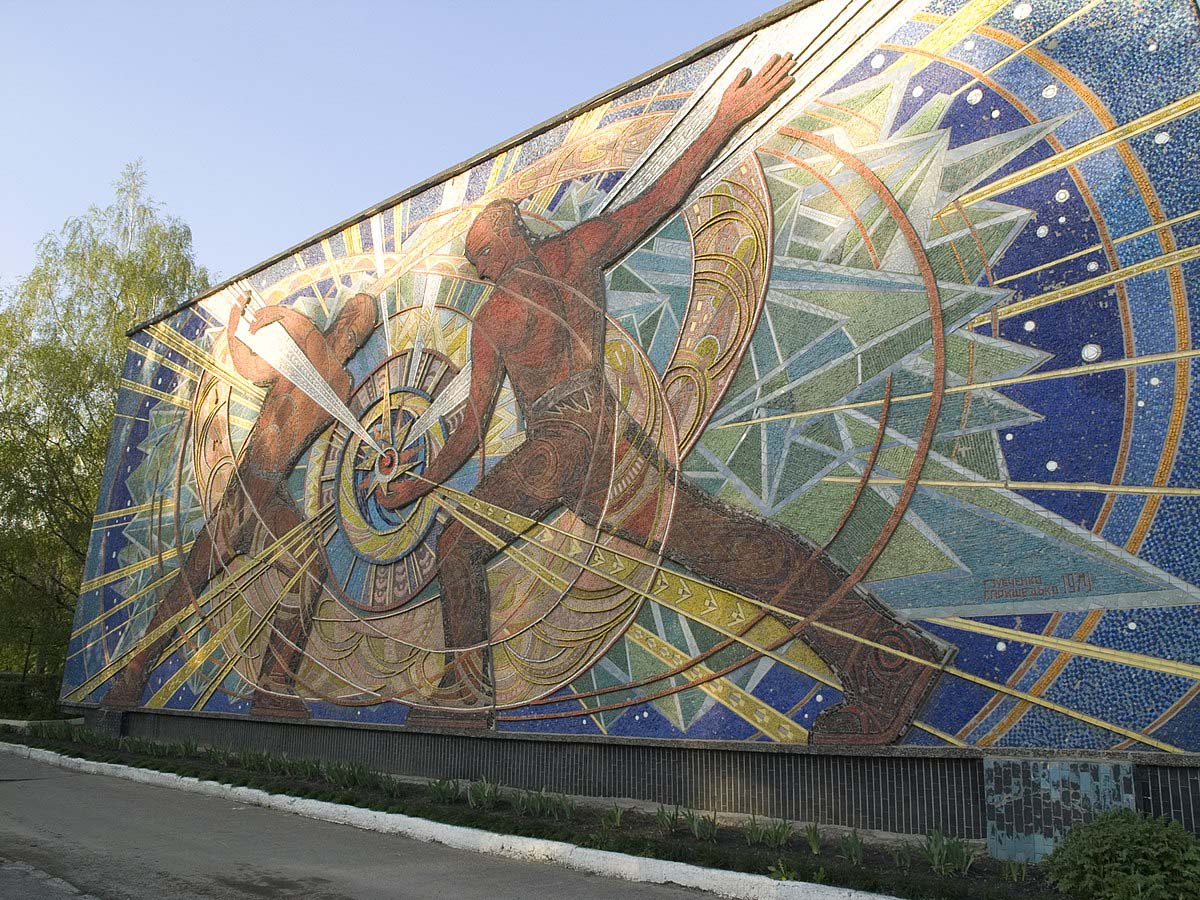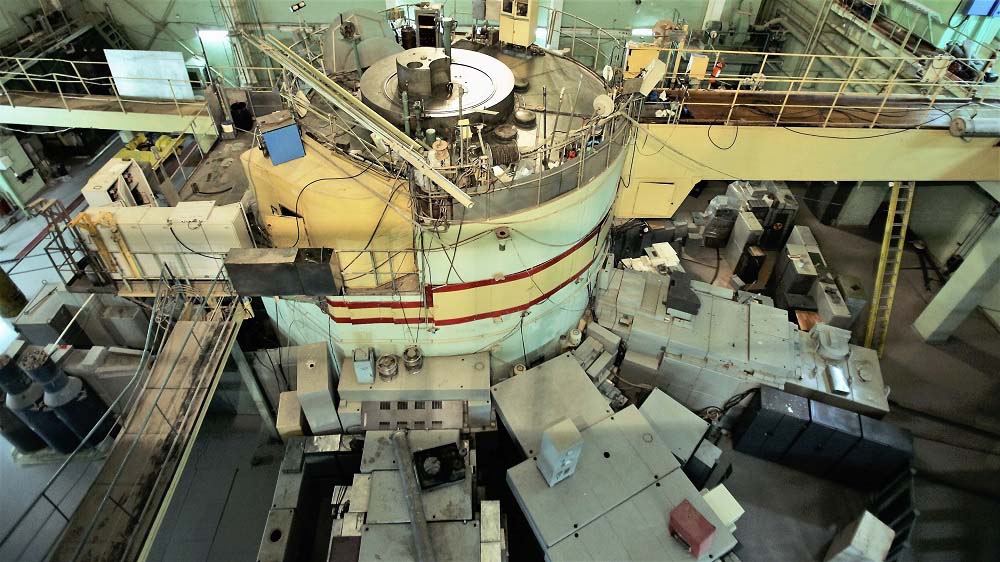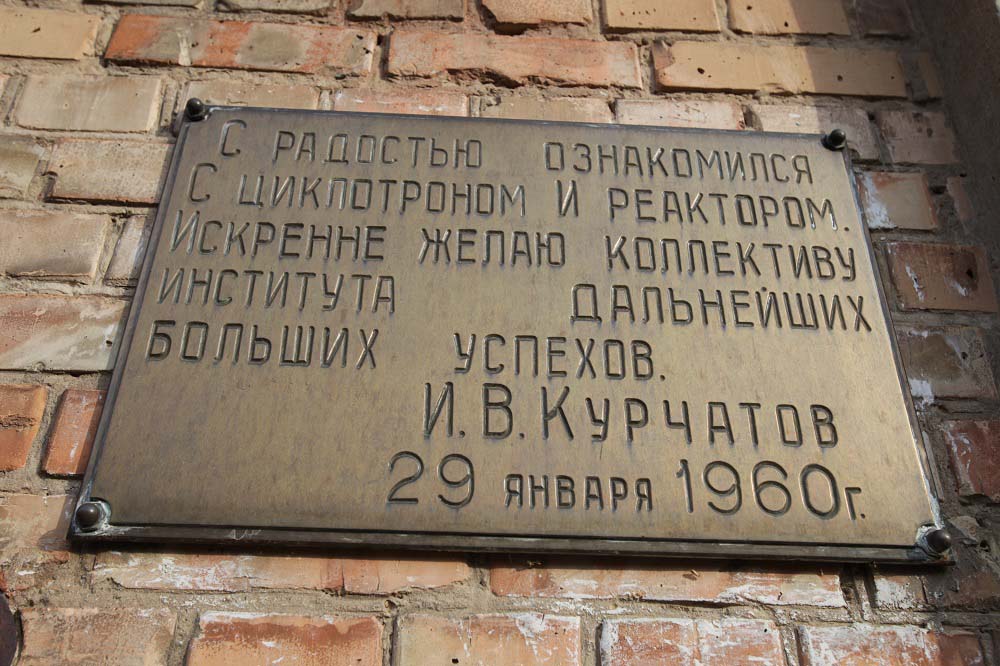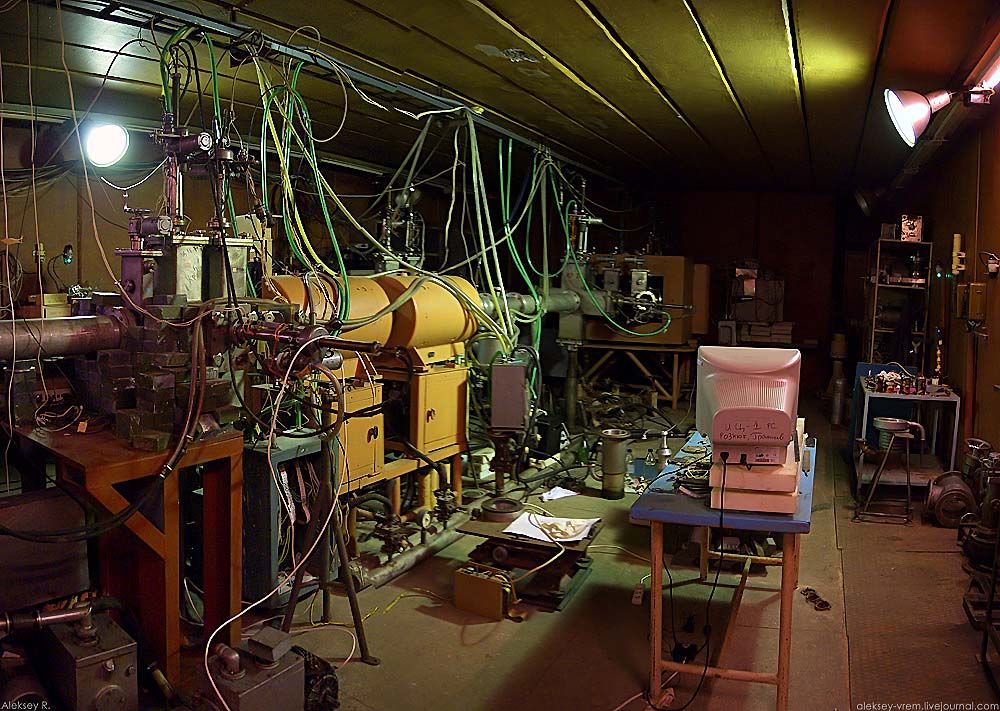The Institute of Nuclear Research of Ukraine was created in 1970 on the basis of the Department of Nuclear Physics of the Institute of Physics of the Ukrainian SSR. The institute conducts fundamental and applied research in the field of low and medium energy nuclear physics, nuclear energy and nuclear technology, solid state physics, plasma physics, and radioecology.
The experimental base of the institute consists of unique nuclear physics installations in Ukraine: the research nuclear reactor VVR-M (came into operation on February 12, 1960; was the first nuclear reactor on the territory of Ukraine), “hot chambers” for working with radioactive materials of high activity, cyclotrons B -240 and V-120, tandem generator (electronic accelerator) EGP-10K.
After the Chernobyl accident, employees of the Institute for Nuclear Research were among the first to take an active part in the fight against its consequences. The level of radioactive contamination of the environment in various regions of Ukraine was established, numerous instruments and installations were developed and manufactured to monitor the migration of radionuclides in the environment, the state of the fuel-containing masses of the Shelter object, which significantly contributed to mitigating the consequences of the Chernobyl disaster.
The institute pays great attention to the development of new resource-saving radiation and plasma technologies and their introduction into production. In particular, modern dosimetric support and the latest system for monitoring the radiation load of VVER-1000 reactor vessels have been created and implemented at Ukrainian nuclear power plants, which makes it possible to obtain at a high scientific and technical level the information necessary for the trouble-free operation of nuclear power units and the effective management of their radiation resource.
But let’s return to the Kyiv reactor. The nuclear reactor at the institute is safe and does not cause any harm to people or the environment. Its diameter is about 3 meters, height – 5. The reactor is surrounded by a concrete wall 1 meter thick. At the top, above the lid, there is a steel plug weighing 1 ton, which, if technical work is necessary, is lifted using a crane. This plug closes the hole through which the rods are loaded manually using special rods. In the event of an emergency, all radiation will go into special tanks with water, which will prevent negative consequences. In total, there are about 250 research reactors operating in the world, which are used not only for scientific but also for commercial purposes. With their help, they conduct research and carry out various orders, taking into account the needs of the state. The Kyiv institute does not have such an opportunity due to the fact that there is practically no funding from the country’s budget.
A week of reactor operation costs 12,000,000 hryvnia (cost as of 2017), so now it is practically not functioning. During Soviet times, the reactor operated for about 4,000 hours a year – a little more than 160 days. In 2016, the Kiev nuclear reactor did not work at all, and in 2017 – only 50 hours. The institute is looking for orders, but they are often not enough to load the reactor even to the minimum required for start-up. In 2014, a commission that examined the reactor extended its use until 2024, after which the reactor will be decommissioned.
Where is the nuclear reactor in Kyiv?
Nauki Avenue, 47





